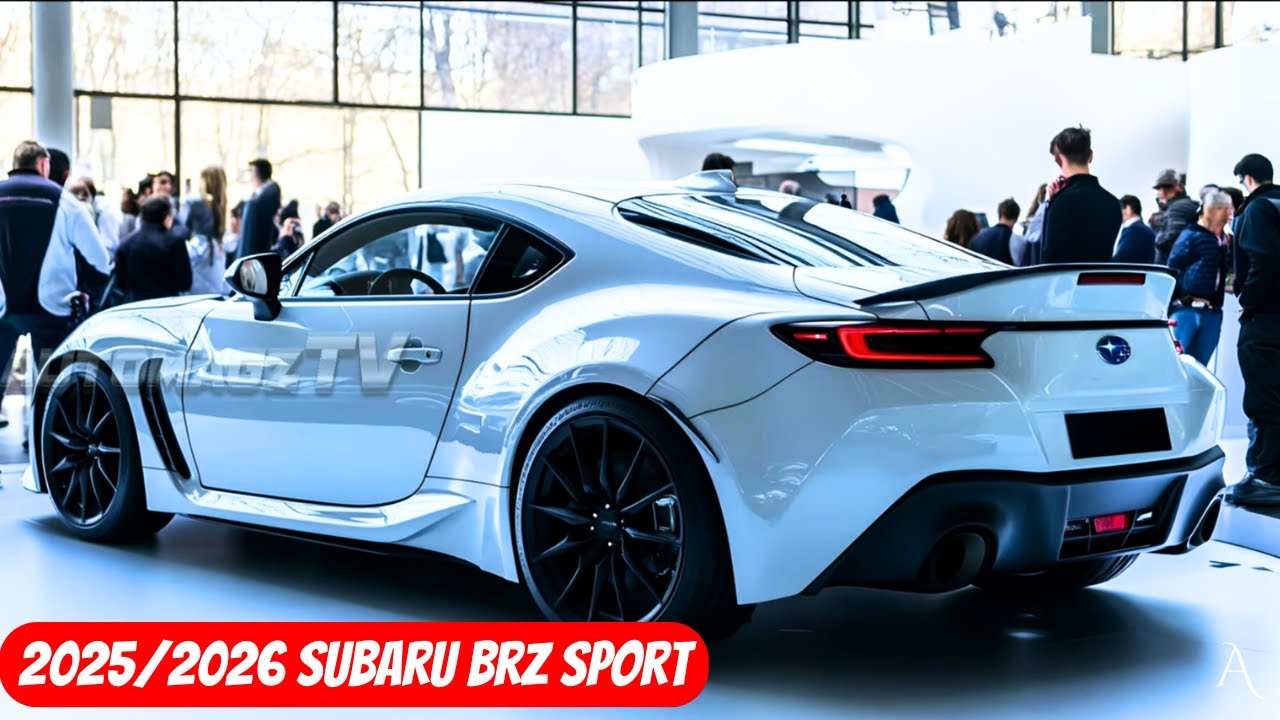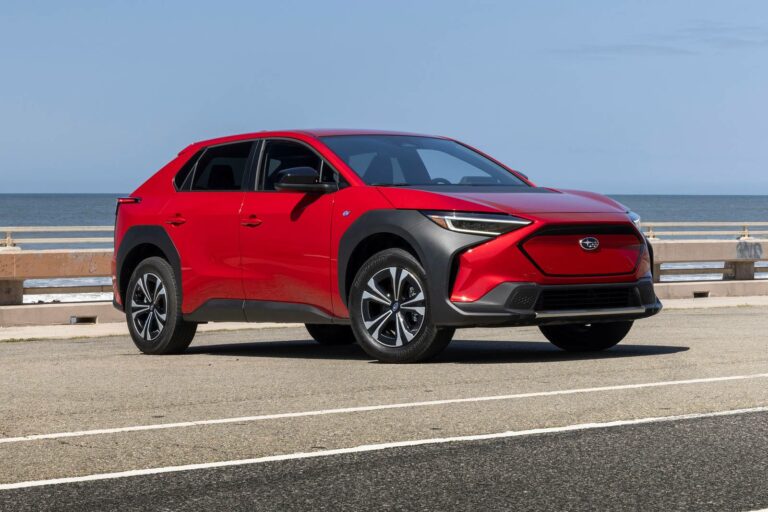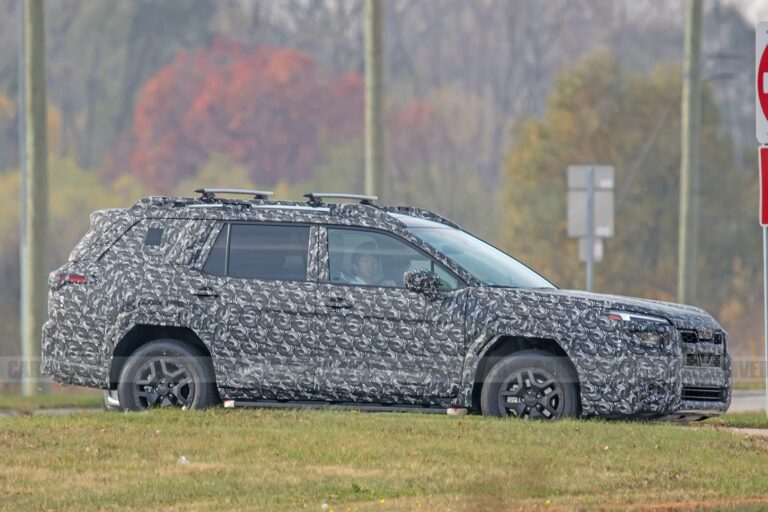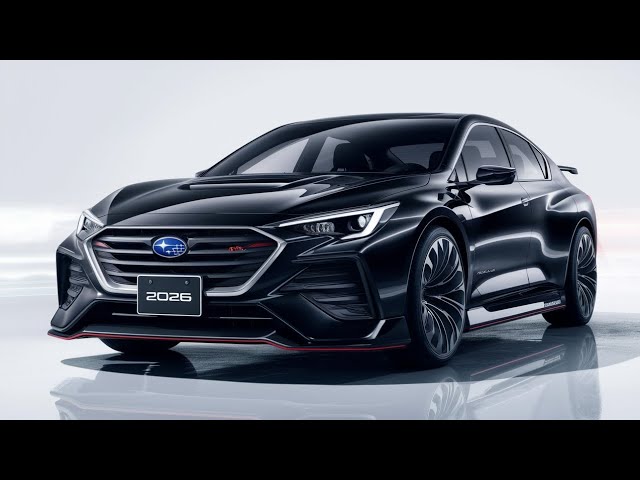2026 Subaru Brz Price
Market Competition
The 2026 Subaru BRZ faces competition in the sports car segment from established rivals such as the Toyota GR86, Mazda MX-5 Miata, and Hyundai Veloster N. These competitors have their own pricing strategies that can influence the BRZ’s pricing.
Pricing Strategies of Competitors
* Toyota GR86: The GR86 shares a platform with the BRZ, resulting in similar pricing. Toyota may offer competitive pricing to maintain market share and appeal to buyers seeking a reliable and affordable sports car.
* Mazda MX-5 Miata: The Miata is known for its handling and driving dynamics. Mazda may position the Miata at a slightly higher price point than the BRZ, emphasizing its premium features and heritage.
* Hyundai Veloster N: The Veloster N offers a unique design and powerful engine. Hyundai may adopt an aggressive pricing strategy to attract performance-oriented buyers and challenge the established players in the segment.
Production and Availability

The 2026 Subaru BRZ is expected to have a limited production run, with an estimated volume of around 10,000 units per year. This limited production could drive up the car’s price, especially if demand is high.
Production Constraints
The BRZ is manufactured in Japan, and any disruptions to the supply chain or production process could affect the car’s availability and price. For example, the COVID-19 pandemic caused significant production delays for many automakers, including Subaru.
High Demand
The BRZ is a popular sports car, and demand is expected to be high. If demand exceeds supply, Subaru may be able to raise the price without losing customers.
Historical Trends
The Subaru BRZ has witnessed a gradual increase in pricing since its introduction in 2012. The base model’s initial price was $25,495, which rose to $28,845 in 2023. This steady price increase can be attributed to several factors, including rising production costs, technological advancements, and increased demand.
Influencing Factors
The BRZ’s pricing has been influenced by a combination of internal and external factors. Internally, the addition of new features and enhancements, such as improved engine performance, upgraded suspension systems, and advanced safety technologies, has contributed to the price increase. Externally, the competitive landscape and market demand have also played a role. The BRZ’s unique position as a compact, affordable sports car has made it popular among enthusiasts, driving up its value and influencing its pricing strategy.
Target Audience
The target audience for the 2026 Subaru BRZ consists of automotive enthusiasts who prioritize driving dynamics and performance over practicality. They are typically young professionals or individuals with a passion for motorsports.
The pricing strategy should align with the demographics and purchasing power of this audience, which includes individuals with a moderate to high income level and a willingness to invest in a sports car.
Age and Income
- The target age range for the 2026 Subaru BRZ is between 25 and 45 years old.
- The target income range is $50,000 to $100,000 per year.
Lifestyle and Interests
- The target audience for the 2026 Subaru BRZ leads an active lifestyle and enjoys driving.
- They are likely to be involved in motorsports or track events.
- They appreciate the value of performance and handling.
Purchasing Habits
- The target audience for the 2026 Subaru BRZ is likely to research their purchase decision thoroughly.
- They are willing to pay a premium for a vehicle that meets their specific needs and preferences.
- They are likely to finance their purchase or lease the vehicle.
Value Proposition

The 2026 Subaru BRZ stands out in the competitive sports car market with its unique value proposition. It offers an exhilarating driving experience, exceptional handling, and a compelling price point, making it an attractive choice for driving enthusiasts and value-conscious consumers.
The BRZ’s value proposition is further enhanced by its distinctive features and capabilities. These include its lightweight design, which contributes to its agile handling and impressive performance. The car’s low center of gravity and balanced weight distribution provide stability and control, allowing drivers to push the limits with confidence.
Advanced Technology
The 2026 BRZ also boasts advanced technology that enhances the driving experience. Its infotainment system is user-friendly and intuitive, providing seamless integration with smartphones and other devices. The car’s safety features, such as lane departure warning and adaptive cruise control, provide peace of mind and support responsible driving.
FAQs
What is the estimated price range for the 2026 Subaru BRZ?
Based on historical data and industry trends, the 2026 Subaru BRZ is expected to fall within a price range of $28,000 to $35,000, offering a compelling value proposition in the sports car segment.
How does the 2026 Subaru BRZ compare to its competitors in terms of pricing?
The 2026 Subaru BRZ is anticipated to be priced competitively against key rivals such as the Toyota GR86 and the Mazda MX-5 Miata. Its unique blend of performance and value is expected to position it favorably in the market.
What key features and equipment will influence the pricing of the 2026 Subaru BRZ?
The 2026 Subaru BRZ is expected to feature a host of advanced features and equipment, including a revised suspension system, upgraded infotainment technology, and enhanced safety systems. These enhancements will contribute to its overall value proposition and may impact its price point.
How will production constraints or high demand affect the price of the 2026 Subaru BRZ?
Production constraints or high demand for the 2026 Subaru BRZ could potentially lead to price fluctuations. Limited availability may result in higher prices, while increased production capacity could help stabilize or even lower the cost.
What is the target audience for the 2026 Subaru BRZ?
The 2026 Subaru BRZ is primarily targeted towards driving enthusiasts seeking an affordable and engaging sports car experience. Its appeal extends to individuals who prioritize handling, performance, and value.




